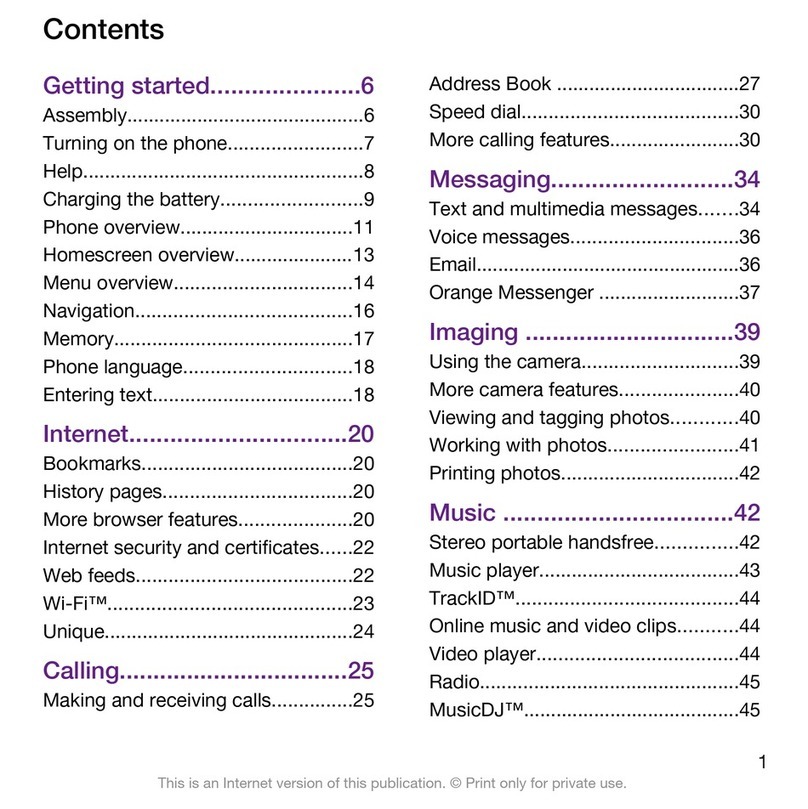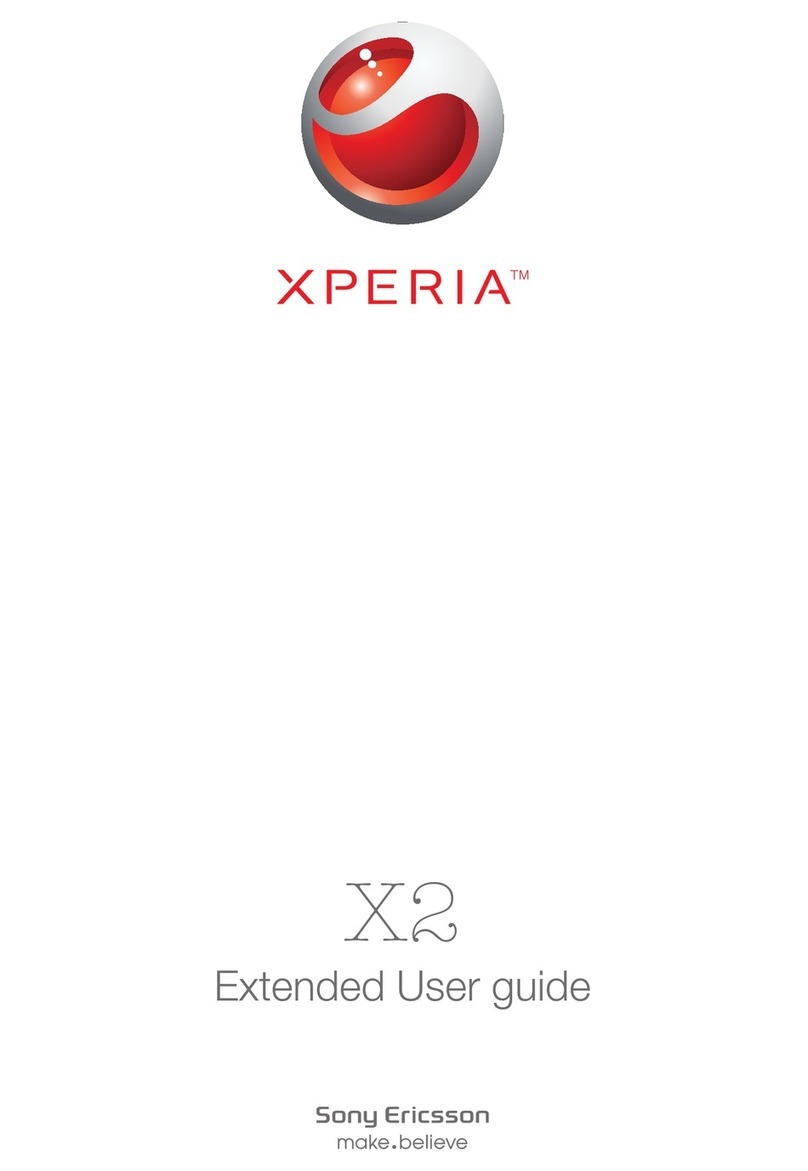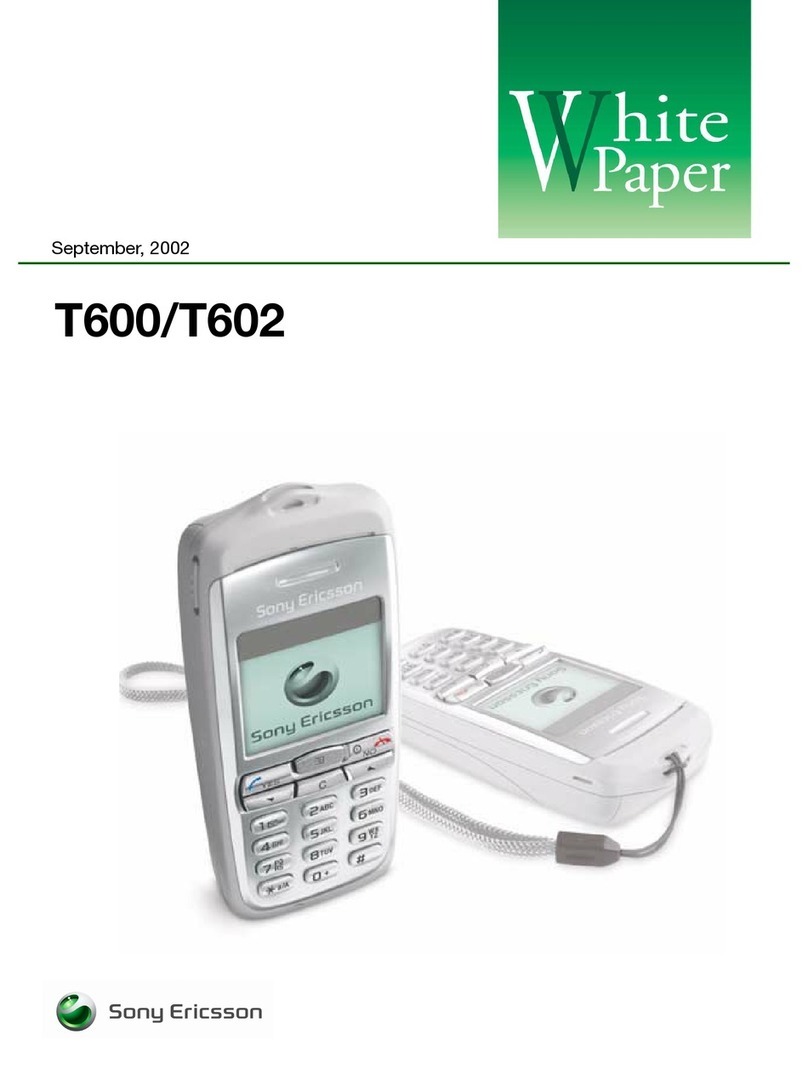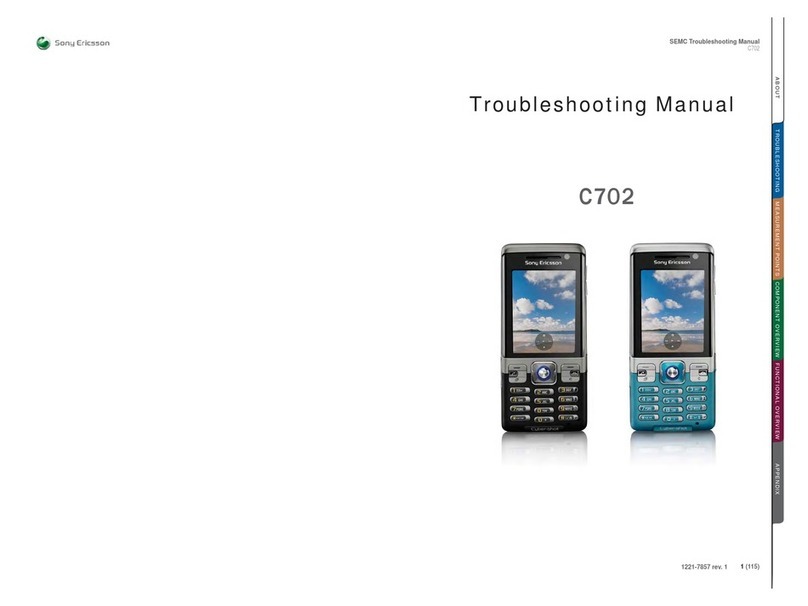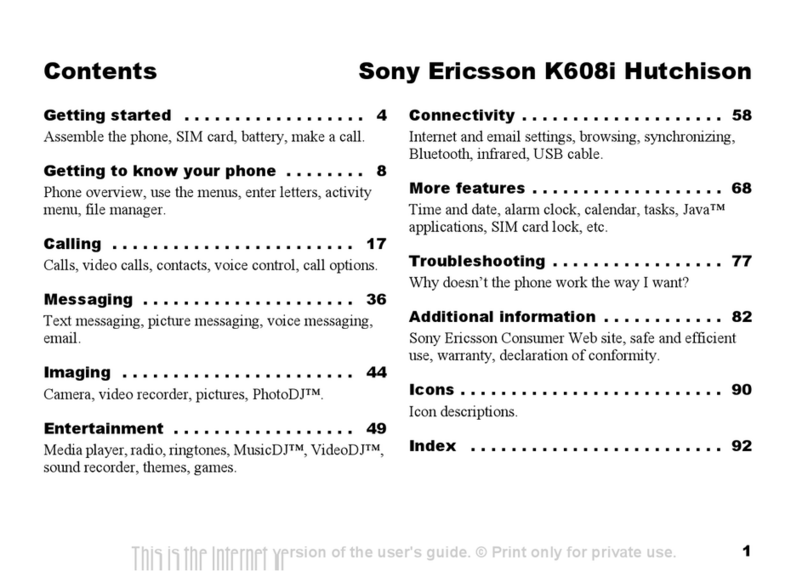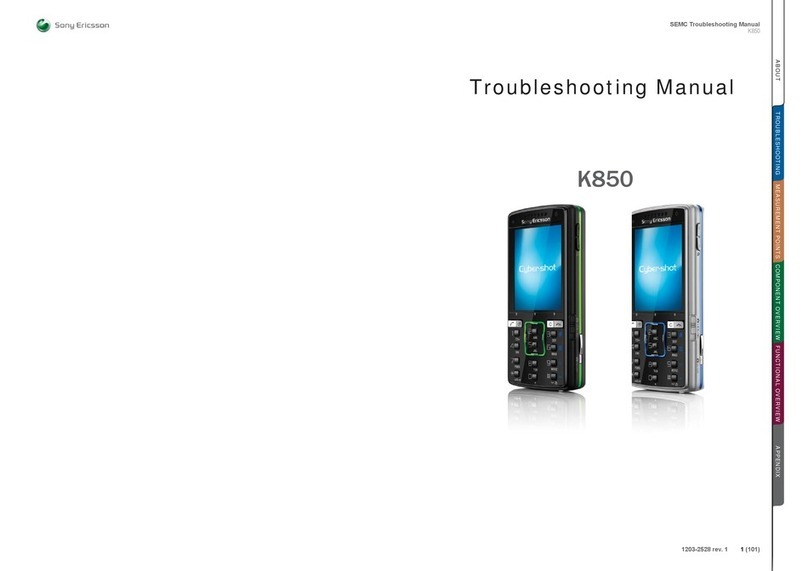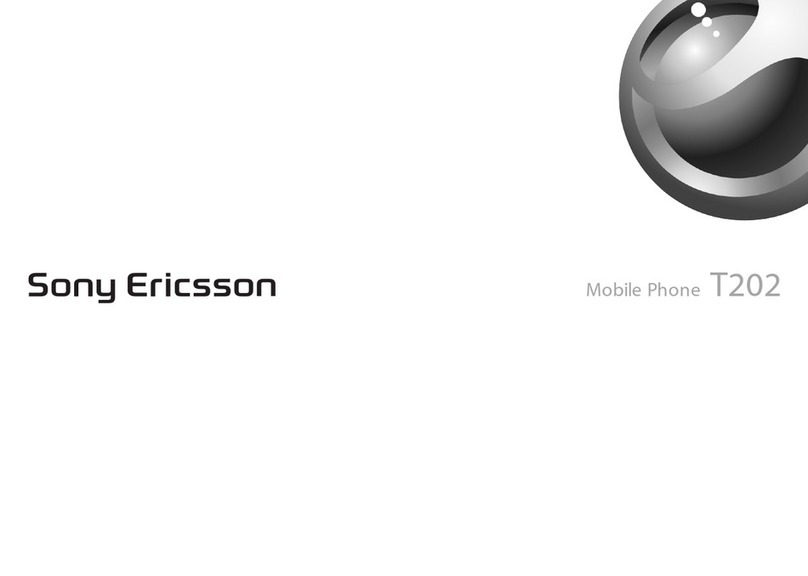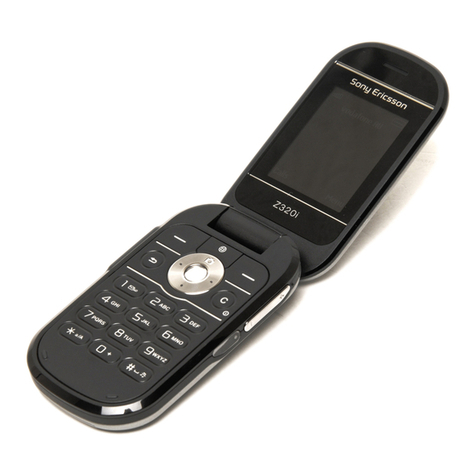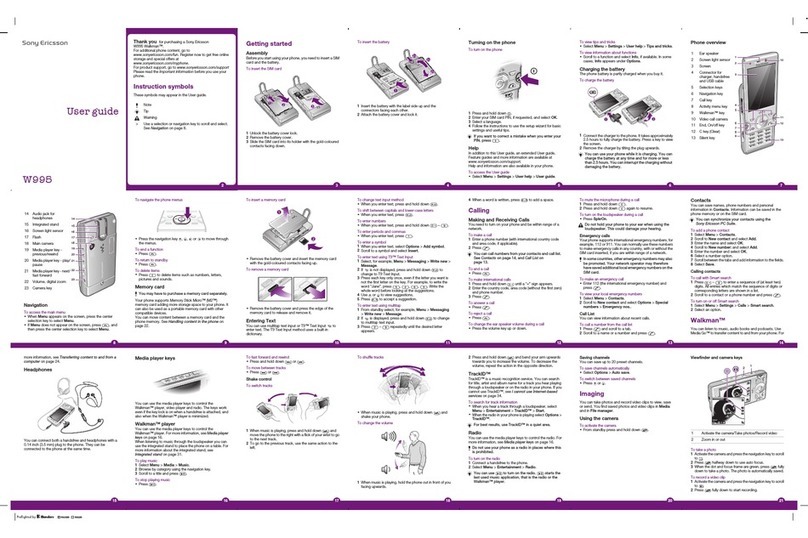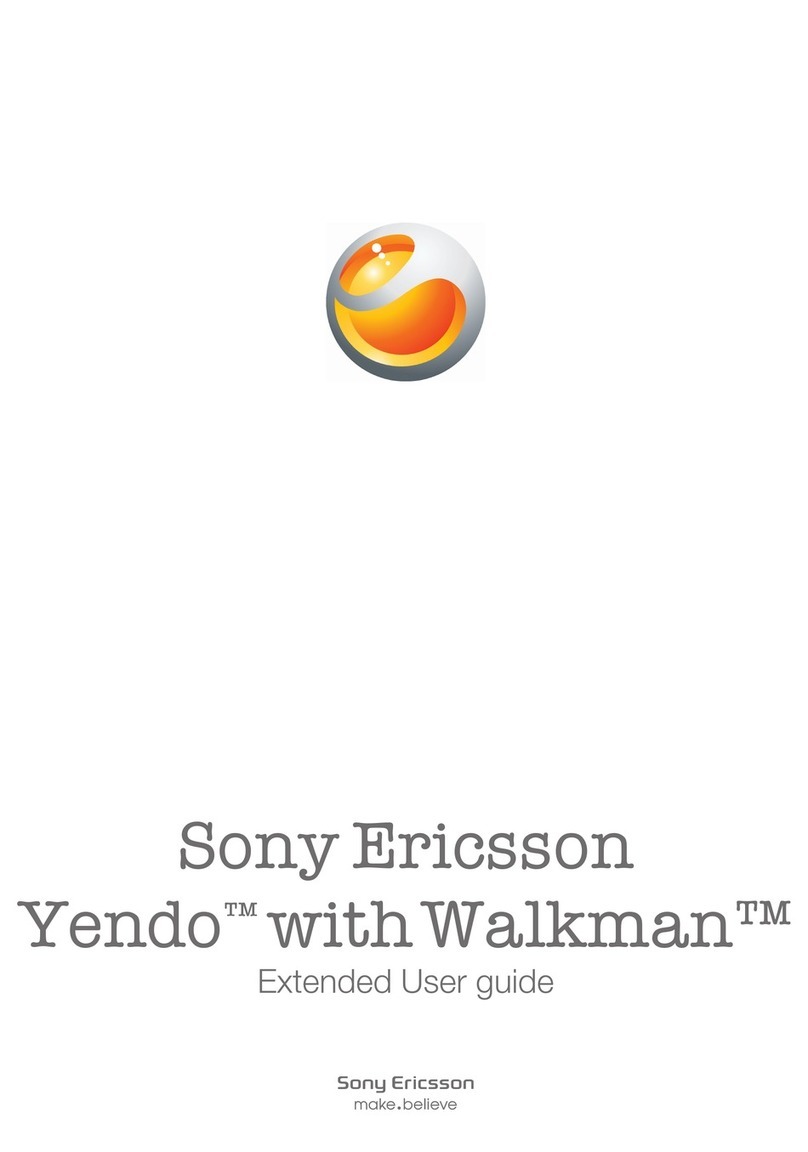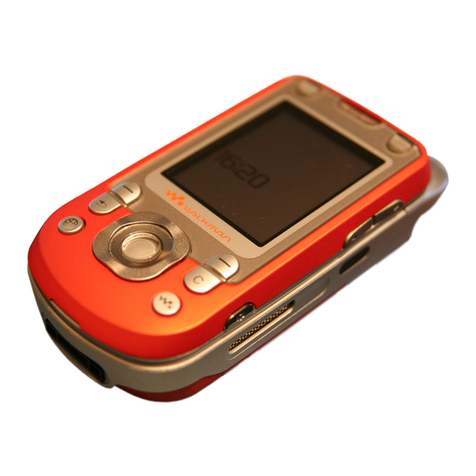White Paper D750i
9March 2005
MMS
Reacting to the enormous popular-
ity of mobile phone messaging,
Sony Ericsson has incorporated the
latest messaging standard, along
with a colour display for an enhanced imaging
experience.
With MMS, there are many interesting applications
to subscribe to, for example, stock information,
movie trailers and weather reports.
Content such as music, video and
images may be previewed before
purchase. A unique direct-link to
download music, video, games,
themes and images, which is easy to use and
promises you best-selling content for mobile
download. By selecting PlayNow™, you can, for
example, go straight to a live list of Top Music Hits.
Content formats that are supported
All formats that are supported in the phone will be
possible to download. Music, video and images
may be previewed before purchase. The music for-
mat is MIDI, MP3 or WAV (Polyphonic 24 voices or
more).
How the service works
This service is owned by Sony Ericsson or hosted
by Sony Ericsson for a network operator. The
PlayNow™ or other premium content is maintained
and managed, for example by Sony Music or Sony
Pictures. The content on offer can easily be suited
to a specific region or operator.
Implementation costs for network operators are
minimal and server communication is based on
existing, well-established standards. Sony Ericsson
offers first or second line support according to the
agreement on hosting a white label service or not.
High level co-operation is available for the design,
look and feel, of content management.
Operator benefits
This service is aimed at providing quality and quan-
tity revenue for network operators. This is truly an
ARPU (Average Revenue Per User) driver with low
costs for operators. The process involves:
• Downloading a list
• Previewing content
• Choosing content
•Buyingcontent
Note: The availability of this unique application is
limited to specific markets, where relevant infra-
structure and agreements have been set up.
Other technical details
Security - Server communication is protected by
TLS (Transport Layer Security) and SSL (Secure
Socket Layer).
Forward lock - Content cannot be exchanged with
other devices by the user, it is limited to use or
delete.
Java 2, Micro Edition (J2ME™)
Download extra content with Java™, for
example, new information- and enter-
tainment-based applications. This gives
users a chance to personalize the func-
tions and features in their phones, and
developers the opportunity to create new
applications.
Gaming
Gaming is already a very popular
feature in mobile phones, and with
Advanced Java, users can add
new games and skill levels to fur-
ther enhance the entertainment value of
Sony Ericsson phones.
3D Games
Java 3D gaming software intro-
duces and supports cutting-edge
3D graphics. Audio developments
such as 40 tones polyphonic
sound and force feedback provide a much richer
experience. With operator support, there is the
possibility for multiplayer games to play against
friends. The large 1.8 inch TFT screen adds to a
lasting gaming experience. Downloading graphic
intensive games, matching up to the size of the
built-in memory, is also possible.
